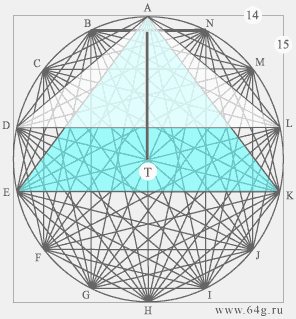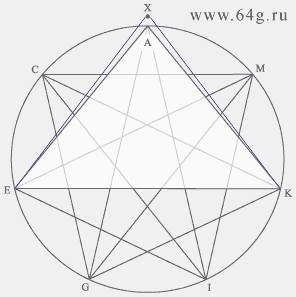Really relavent article I found online, outlining the different areas of the world that have pyramids.
Calculating a pyramid
Modern and ancient pyramids come in many forms and sizes. To determine which is the largest pyramid one could compare their heights for example. At a height of 260 meters (85 feet), the Transamerica Pyramid would certainly be a serious candidate.
Many big pyramids however come with a very large base but are not very tall. A better measure of size therefore is probably the volume of a pyramid. The volume of a pyramid can be calculated by the following formula: Length_of_base * Width_of_base * Height * 1/3. This is 54 x 54 x 260 x 1/3 = 252,720 m³ for the Transamerica Pyramid, which isn’t even close enough to be included in our list of biggest pyramids.
http://www.touropia.com/largest-pyramids-in-the-world/
http://www.earthmatrix.com/great/pyramid.htm
______________________________________________________________________________
Modern and ancient pyramids come in many forms and sizes. To determine which is the largest pyramid one could compare their heights for example. At a height of 260 meters (85 feet), the Transamerica Pyramid would certainly be a serious candidate.
Many big pyramids however come with a very large base but are not very tall. A better measure of size therefore is probably the volume of a pyramid. The volume of a pyramid can be calculated by the following formula: Length_of_base * Width_of_base * Height * 1/3. This is 54 x 54 x 260 x 1/3 = 252,720 m³ for the Transamerica Pyramid, which isn’t even close enough to be included in our list of biggest pyramids.
http://www.touropia.com/largest-pyramids-in-the-world/
http://www.earthmatrix.com/great/pyramid.htm
______________________________________________________________________________
Geometrical Proportions of Pyramids.
The basic size of measurements in ancient Egypt was the cubit which consist of seven palms, and each palm was subdivided into four fingers. Total the cubit consists of 28 fingers that corresponds to 28 days of lunar month.
Pay attention that the diheptagonal network of lines has 14 tops, and the quadraheptagonal linear network has 28 tops that also is equal to the number of days at one lunar month.
In the modern science about ancient Egypt there are different parameters of cubits.
One ordinary Egyptian cubit = 6 palms = 24 fingers = 450 millimeters.
One royal Egyptian cubit = 7 palms = 28 fingers = 525 millimeters.
But however 466 millimeters is the most authentic size of one Egyptian cubit as it is anthropometrical magnitude or otherwise to tell the measure of a human body from elbow up to bases of fingers.
The triangle AEK is approximate silhouette of lateral sides of the Khufu pyramid.
The shown silhouette of lateral sides is approximate as the size of heptagonal angle AEK with top in the point K is 360/7=51,429, namely 51 degrees and 25,71 minutes, but the size of incline of lateral sides in the Khufu pyramid is 51 degrees and 50 minutes.
Egyptian builders compensated the existing difference by addition of human stature sizes AX to height of triangle AEK. Namely builders of the Khufu pyramidal design have conditionally placed a stature of human figure at top of pyramid, and as a result they have received 51 degrees and 50 minutes as the angular size EKX in the point K.
Namely if the height of triangle XEK is 318 cubits then height of the triangle AEK is approximately 314 cubits, and height of a human stature is 4 cubits.


